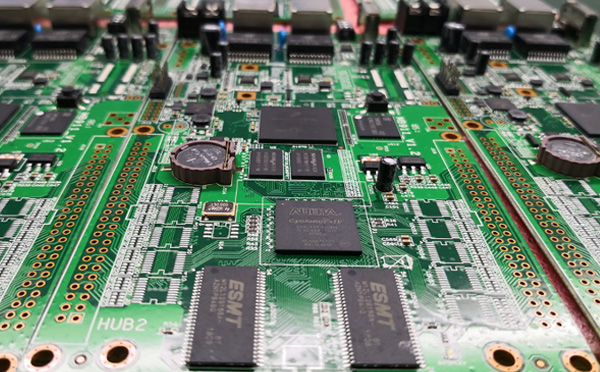- English
- Español
- Português
- русский
- Français
- 日本語
- Deutsch
- tiếng Việt
- Italiano
- Nederlands
- ภาษาไทย
- Polski
- 한국어
- Svenska
- magyar
- Malay
- বাংলা ভাষার
- Dansk
- Suomi
- हिन्दी
- Pilipino
- Türkçe
- Gaeilge
- العربية
- Indonesia
- Norsk
- تمل
- český
- ελληνικά
- український
- Javanese
- فارسی
- தமிழ்
- తెలుగు
- नेपाली
- Burmese
- български
- ລາວ
- Latine
- Қазақша
- Euskal
- Azərbaycan
- Slovenský jazyk
- Македонски
- Lietuvos
- Eesti Keel
- Română
- Slovenski
- मराठी
- Srpski језик
Complex wire harness and cable management in PCBA assembly
2024-02-19
In PCBA assembly, complex wire harness and cable management is critical, especially in applications that require the connection of multiple electronic components, sensors and external interfaces. Here are some best practices for complex wire harness and cable management:

1. Planning and design:
Begin with detailed planning and design to determine the location, layout, and length of wire harnesses and cables. Consider the harness's path, anchor points, bend radii, and connection locations.
Develop detailed wire harness and cable drawings including identification of components and connection points. This helps ensure proper connections and maintenance.
2. Select the appropriate wiring harness and cables:
Choose high-quality, application-specific wire harnesses and cables. Consider requirements such as electrical properties, wear resistance, flame retardancy and high temperature resistance.
Ensure that wire harness and cable sizes and specifications match application needs. Do not use a harness that is too long or too short.
3. Customized wiring harness and cables:
For highly customized applications, consider custom wire harnesses and cables to ensure optimal fit and performance.
Use color coding or labels to identify wire harnesses and cables for different functions for quick identification and maintenance.
4. Proper fixation and support:
Use appropriate retaining clips and support structures to secure wire harnesses and cables to prevent loosening, vibration, or damage.
Make sure the bend radius of wire harnesses and cables is within an acceptable range and avoid excessive bending to reduce damage to the wires.
5. Protection and insulation:
For environments that require waterproofing, dustproofing or corrosion resistance, use appropriate protective sleeves, insulation materials and seals.
For high electromagnetic interference (EMI) or electromagnetic compatibility (EMC) sensitive applications, use shielded cables or wire harnesses to reduce electromagnetic interference.
6. Labels and documents:
Create documentation for each wire harness or cable, including harness diagrams, identifications, and connection lists. These documents are very important for maintenance and troubleshooting.
Use labels, stickers, or heat shrink tubing to identify different parts of wire harnesses and cables to simplify identification and maintenance.
7. Regular inspection and maintenance:
Perform regular wire harness and cable inspections, especially in applications with high vibration, high temperature, or harsh environments.
Check the connection points regularly to make sure they are not loose or damaged.
8. Troubleshooting:
When problems occur, perform systematic troubleshooting, including inspection of wiring harnesses and cables. The root cause of the problem may be related to the wiring harness or cables.
By adopting these best practices, you can ensure that complex wire harnesses and cables are effectively managed in PCBA assembly, improving system reliability and maintainability. At the same time, it can also reduce the risk of failure and repair and reduce maintenance costs.
-
Delivery Service






-
Payment Options









